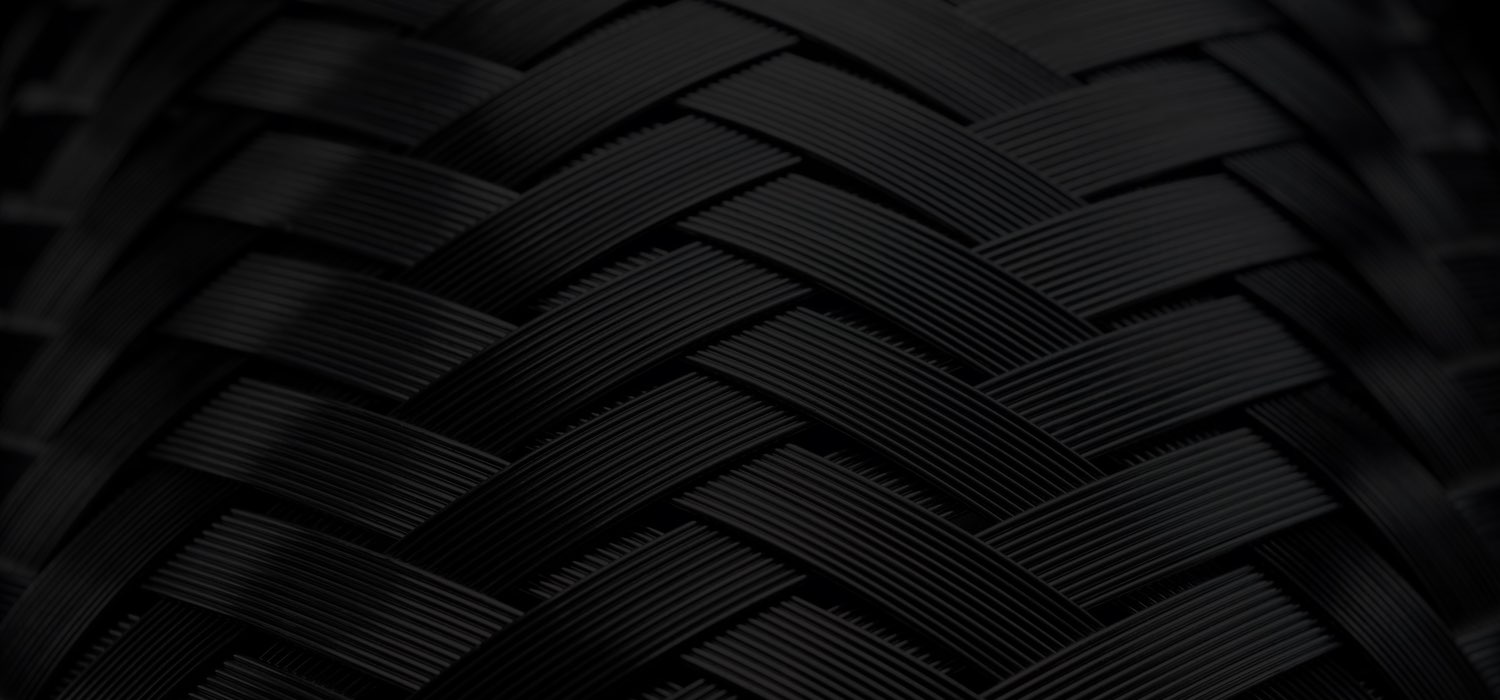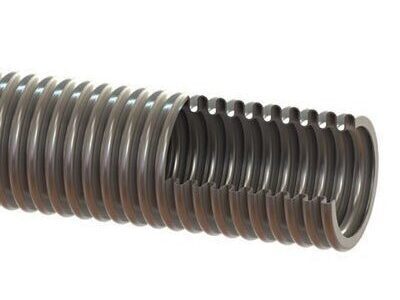
Blog: Industry
What Makes a Hose Suitable for Cryogenic Applications?
20th June 2025

Working with cryogenic temperatures presents unique challenges that demand specialised equipment. At Flexmetallic Industries, we understand that not all metallic hoses are created equal, especially when it comes to the extreme demands of cryogenic applications. Our British-manufactured metallic hose assemblies are specifically engineered to perform reliably in temperatures as low as -200°C, but what exactly makes a hose suitable for these extreme conditions?
Material Selection: The Foundation of Cryogenic Performance
The foundation of any cryogenic hose assembly begins with material selection. For cryogenic applications, 316L stainless steel is the preferred choice due to its exceptional low-temperature properties. Unlike standard metals that become brittle at extreme cold, 316L maintains its structural integrity and flexibility even at temperatures approaching -200°C.
The material must exhibit:
- Low-temperature ductility - The ability to flex without cracking or fracturing when exposed to cryogenic temperatures
- Thermal stability - Consistent performance despite rapid temperature fluctuations
- Corrosion resistance - Protection against moisture condensation and potential oxidation
- Material traceability - Full 3.1B material certification ensuring every component meets stringent quality standards
Our cryogenic flexible hose assemblies utilise only certified materials with complete traceability to BS EN 10204 standards, ensuring consistent performance in the most demanding environments.
Specialised Construction Techniques
The construction of a cryogenic hose assembly is equally critical to its performance. The corrugated inner core must be precisely engineered to maintain flexibility whilst preventing collapse under pressure or vacuum conditions.
Corrugation Design
The profile and pitch of corrugations directly impact a hose's cryogenic performance. Deep, uniform corrugations allow for:
- Greater flexibility at extreme temperatures (-196°C for liquid nitrogen applications)
- Enhanced resistance to thermal contraction (up to 3mm per metre of length)
- Improved pressure handling capabilities (up to 40 bar in cryogenic service)
- Better distribution of mechanical stress across the hose assembly
End Fitting Integration
The integration of end fittings is a critical vulnerability in cryogenic systems. To address this, Flexmetallic uses a TIG welding process that is dual-certified to ASME IX and BS EN 9606-1 standards. This ensures the creation of seamless, high-integrity joints that can reliably withstand the extreme stresses encountered in cryogenic environments.
Key considerations for end fittings include:
- Material compatibility with the hose core
- Thermal expansion matching to prevent joint stress
- Precision machining for perfect alignment
- Complete penetration welding for maximum joint integrity
Rigorous Testing Requirements
Perhaps the most critical aspect of cryogenic hose suitability is comprehensive testing. Every cryogenic hose assembly must undergo rigorous validation before deployment.
Pressure Testing
Flexmetallic cryogenic assemblies undergo hydrostatic pressure testing at 1.5 times their rated working pressure, in accordance with BS EN ISO 10380. This validates the structural integrity of the entire assembly under load conditions.
Helium Leak Testing
For cryogenic applications, standard pressure testing isn't always sufficient. Helium leak testing can be used to detect microscopic leaks that might only manifest at cryogenic temperatures, ensuring absolute containment integrity. Our testing protocols can identify leakage rates as low as 1×10^-9 mbar·l/s.
Cycle Testing
Cryogenic hoses must perform reliably through repeated thermal cycling. To ensure this, our assemblies undergo rigorous testing across multiple cooling and warming cycles to confirm consistent performance and structural integrity. Many of our designs are proven to endure between 8,000 and 50,000 flexing cycles without degradation.
Material Verification
Non-destructive testing methods verify material composition and detect any potential flaws in the metal structure that could lead to failure under cryogenic conditions. All materials are fully traceable with 3.1B certification.
Application-Specific Considerations
Different cryogenic applications present unique challenges, as shown in the comparison table below:
| Application | Temperature Range | Key Requirements | |||||||||||
| Liquid Nitrogen | -196°C | Extreme cold resistance, Flexibility | |||||||||||
| Cryogenic Transfer | -180°C to -150°C | Thermal insulation, Low heat transfer | |||||||||||
| Flexible Connections | -100°C to -180°C | Movement accommodation, Vibration resistance | |||||||||||
| Composite Systems | -200°C to -100°C | Chemical compatibility, Pressure rating | |||||||||||
For liquid nitrogen applications (-196°C), hoses must handle:
- Extreme brittleness risk
- Significant thermal contraction
- Potential for rapid gas expansion
For less severe cryogenic applications (down to -100°C), different design parameters may apply, allowing for optimised performance characteristics. Our resources section provides valuable temperature adjustment factors for various applications.
The Flexmetallic Advantage
At Flexmetallic Industries, our cryogenic hose assemblies benefit from our comprehensive British manufacturing capabilities in Northampton, UK. Our specialised knowledge of cryogenic applications, combined with our rigorous quality control processes, ensures that every assembly we produce is fit for purpose.
Our cryogenic hoses feature:
- Full material traceability with 3.1B certification to BS EN 10204
- Precision TIG welding to ASME IX and BS EN 9606-1 standards
- Comprehensive testing documentation
- Custom design capabilities for unique applications
Frequently Asked Questions
How long do cryogenic hose assemblies last?
With proper installation and maintenance, our cryogenic hose assemblies can provide reliable service for many years, depending on the specific application conditions.
What certifications should I look for?
Look for BS EN ISO 10380:2012 or BS EN ISO 21012:2024 compliance, material traceability to BS EN 10204, and welding certification to BS EN 9606-1 or ASME Section 1X standards. Our certifications page provides more information.
Conclusion
When reliability at extreme temperatures is non-negotiable, the specialised materials, construction techniques, and testing protocols that go into a properly designed cryogenic hose assembly make all the difference. With Flexmetallic's metallic hose expertise, you can trust our solutions to perform consistently in even the most demanding cryogenic environments.
Contact our technical team today to discuss your specific cryogenic hose requirements or request a quote for your application.